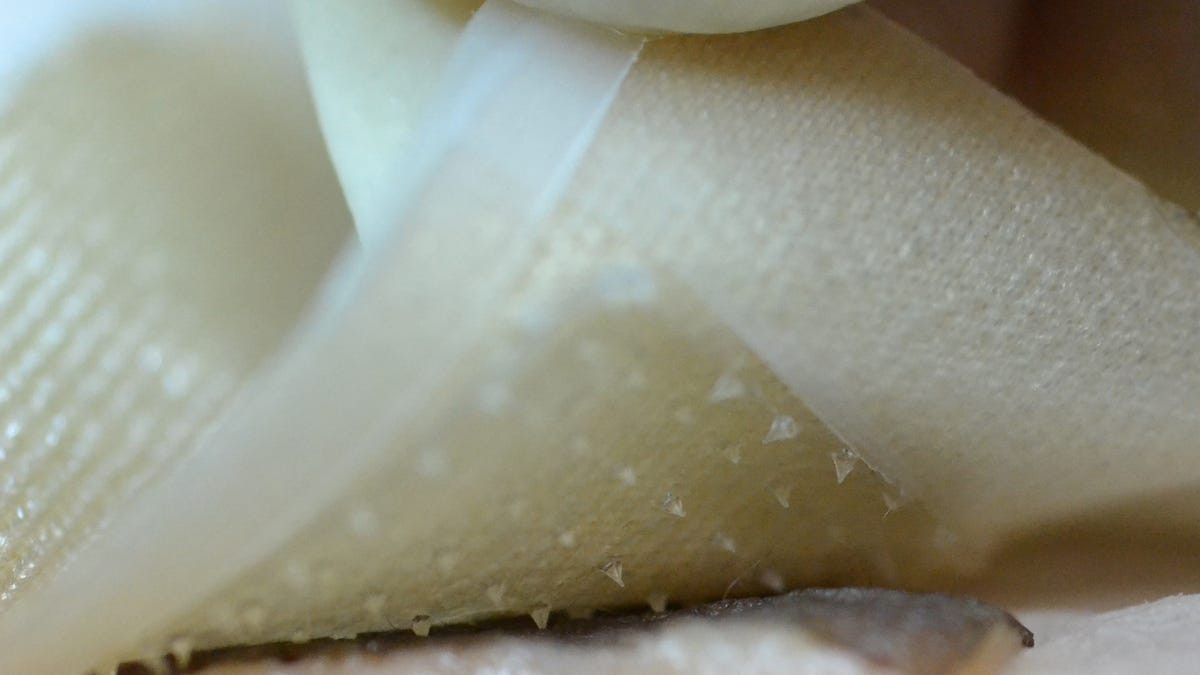Painless microneedle patch could test for TB
Scientists at the University of Washington say their approach would be more precise and less painful than the traditional skin test that uses a hypodermic needle.

Today, one of the standard tests for tuberculosis involves inserting a hypodermic needle into a person's arm using a very precise angle and depth -- thereby requiring a certain level of skill on the part of the tester and chutzpah on the part of the patient.
Researchers at the University of Washington hope to replace this test with a painless, near-automated alternative -- a microneedle patch that they say is more precise and even biodegradable.
"With a microneedle test there's little room for user error, because the depth of delivery is determined by the microneedle length rather than the needle-insertion angle," senior author Marco Rolandi, assistant professor of materials science and engineering at the University of Washington, said in a school news release. "This test is painless and easier to administer than the traditional skin test with a hypodermic needle."
Millions of people around the world are tested for tuberculosis every year; the infectious disease requires several types of medication taken for prolonged periods to treat, and some strains have proven to be drug-resistant. The bacterial infection can actually survive inactively in the lungs for years. The diagnostic test involves injecting a small amount of fluid at a precise depth in the arm and checking back two or three days later for a reaction.
For their study, which appears in the journal Advanced Healthcare Materials, the scientists used microneedles made from the biodegradable material chitin, which is found in the hard outer shells of some crustaceans and insects. Each needle is 750 micrometers long, which is roughly 1/40th of an inch, and is coated with the purified protein derivative used to test for tuberculosis. The team tested its microneedle patch on guinea pigs (yes, actual guinea pigs) and lo and behold, the reaction that occurs via the hypodermic needle test also appeared using the patch.
Because the patch is "like putting on a bandage," according to Rolandi, it has the potential to be far more successful in young children, people who are needle-averse, and in places where skilled testers are in short supply.
The researchers report that they now plan to test the needle patch on humans and hope to develop other diagnostic tests, including allergy tests, using microneedle patches as well.

